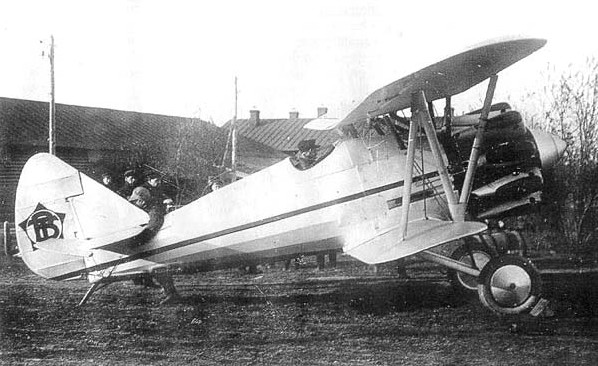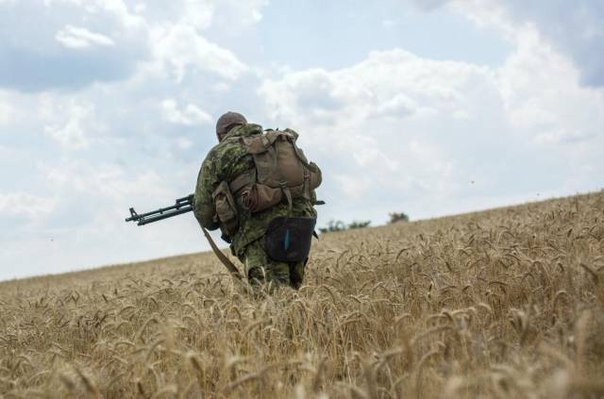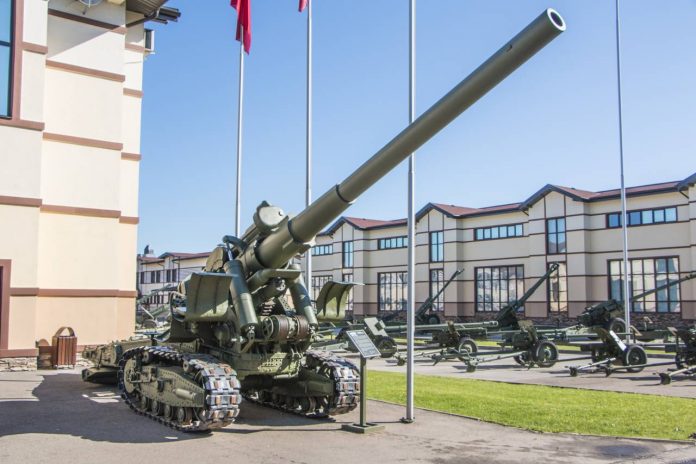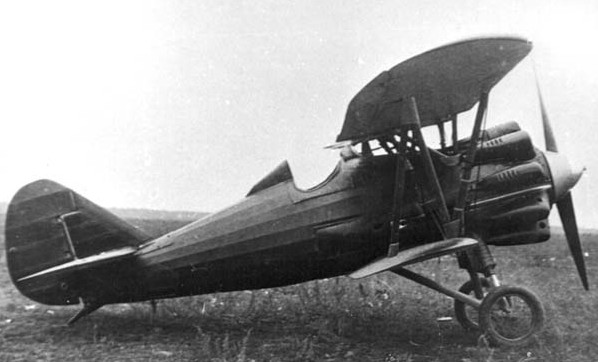
I-5 – Soviet fighter plane. AT 1929 g. it was decided to organize prison design bureaus under the NKVD of the USSR: one for engine builders (OTB) and one for aircraft design (OKB). The design bureau was engaged in the design of aircraft for various purposes. In the end of November 1929 g. Air Force Chief Ya.I. Alksnis issued the task to N.N.. Polikarpov to create a maneuverable fighter with an air-cooled engine. It repeated the task for the I-5 fighter, with which TsAGI Design Bureau could not cope. Air tunneling of models in a wind tunnel and other studies "on the side" were not envisaged.
Fighter I-5 – video
In parallel, sketches of the fighter were sketched by other designers., including D.P.. Grigorovich. After discussing the projects, we settled on two options: Hryhorovych and Polikarpov. But their projects diverged significantly., especially on the rear fuselage. But then, in a heated debate between them, Polikarpov's project was recognized as the best. In January 1930 g. imprisoned designers were transferred from the Butyrka prison to plant No. 39 them. V.R. Menzhinsky to a separate hangar. Work proceeded at a furious pace.. Polikarpov was crushed by the death sentence, and only the iron will of Grigorovich made it possible to meet the specified deadlines for the construction of the aircraft. In the end of April 1930 g. a new fighter with a Jupiter-VII engine was delivered to the airfield. The aircraft had the symbol VT-11 (the abbreviation BT meant - inner prison).
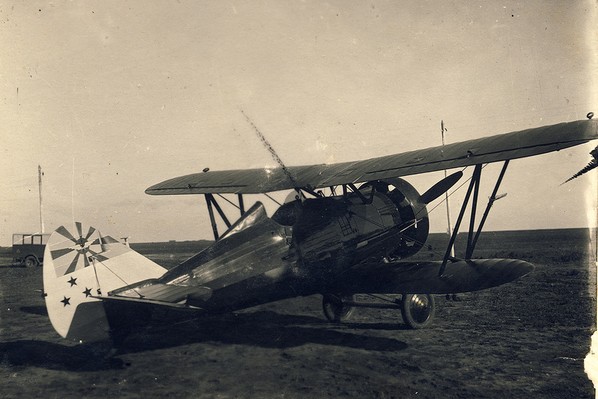
The design of the I-5 aircraft was mixed. The front part of the fuselage up to the cockpit was sheathed with duralumin sheets., tail section - canvas. Armament consisted of two machine guns PV-1, located on the sides of the fuselage below the longitudinal axis. Machine gun barrels entered long slots, reaching for the engine hood. 29 April 1930 g. test pilot B.L. Buchholz made the first flight of a fighter. Already after the first flights it became clear, what a good fighter, and 13 September, under the brand I-5, it was launched into a series. According to its flight data, the I-5 corresponded to the world level of aviation development. Once on tests, test pilot I.F.. Petrov had an accident: at the end of the run, the plane suddenly stood sideways and turned over. When the aircraft began to be mass-produced, information of similar accidents began to come from combat units. Hidden defect found, manifested only in calm weather, in the wind, the area of the rudders was sufficient to keep the aircraft from turning when it stopped. changes, introduced into the design of the chassis at the suggestion of Petrov, saved serial fighters from this shortcoming.
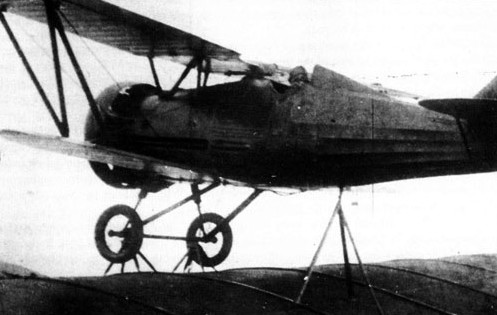
Fighter I-5 on the wing of DB-3
The first serial I-5 fighters began to leave the assembly shop of plant No. 1 at the end 1931 g. Instead of individual cylinder head fairings, they installed the Townend ring and wheel fairings.. In the process of mass production, the fighter was repeatedly improved. There were built 815 machines. I-5 was in service for about nine years. On the basis of the fighter, a two-seat training aircraft UTI-1 was created. I-5 was used for various tests of new equipment. It worked out rockets RS-82, it was used as a dive bomber, hanging two 250-kg bombs under the lower wing. The aircraft was also used in the Zveno B.C system.. Vakhmistrov. Two I-5s were mounted on the wing of the TB-1 with the possibility of detaching them in the air. Then, on the TB-3 aircraft, three I-5 aircraft were placed on top. As a light attack aircraft, a small number of I-5s took part in the Great Patriotic War.
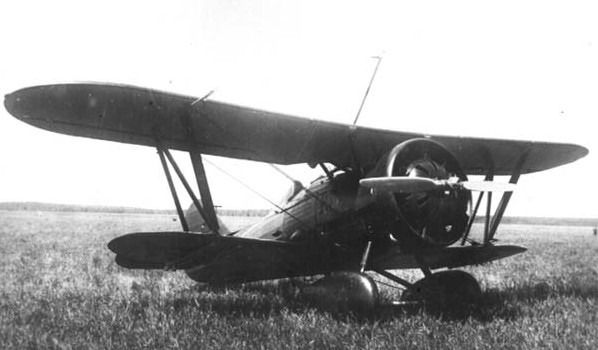
The performance characteristics of the I-5
– First flight: 1929
– Adopted: 1932
– Manufacturer: Gorky Aviation Plant No. 21
Crew I-5
– 1 people.
I-5 speed
– full speed: 278 kmh
– Range of flight: 560 km
– Service ceiling: 7500 m
Dimensions I-5
– Length: 6,78 m
– Wingspan: 10,24 m
– wing area: 21,25 m²
Weight I-5
– Curb: 934 kg
– Maximum takeoff weight: 1355 kg
Engine I-5
– one M-22 with star-shaped cylinders, 480 HP. (358 kW)
Armament I-5
– Boezapas: 1200 (4000) cartridges for 2/4 PV-1
– The weight of suspended elements: to 40 kg
Photo I-5
